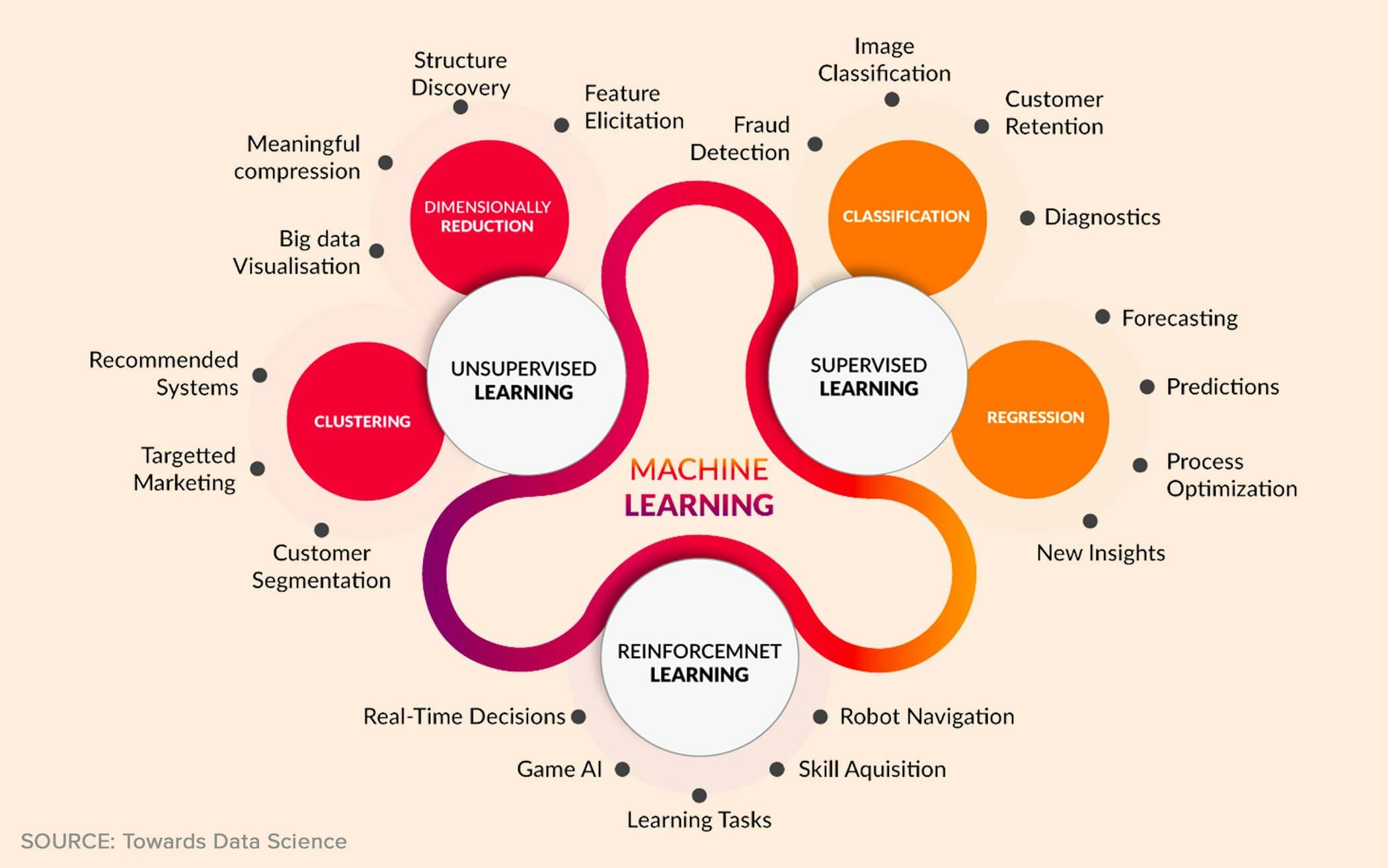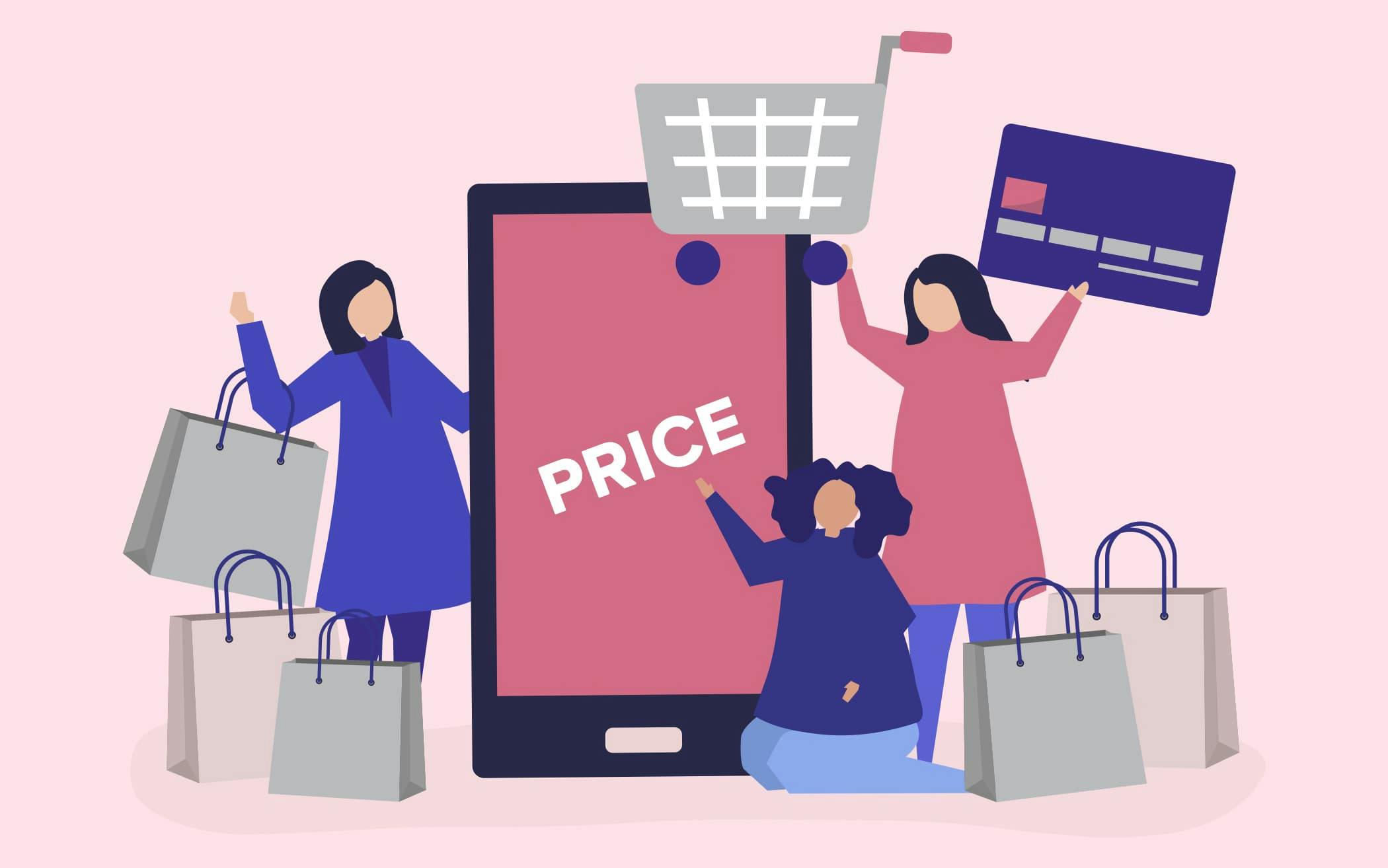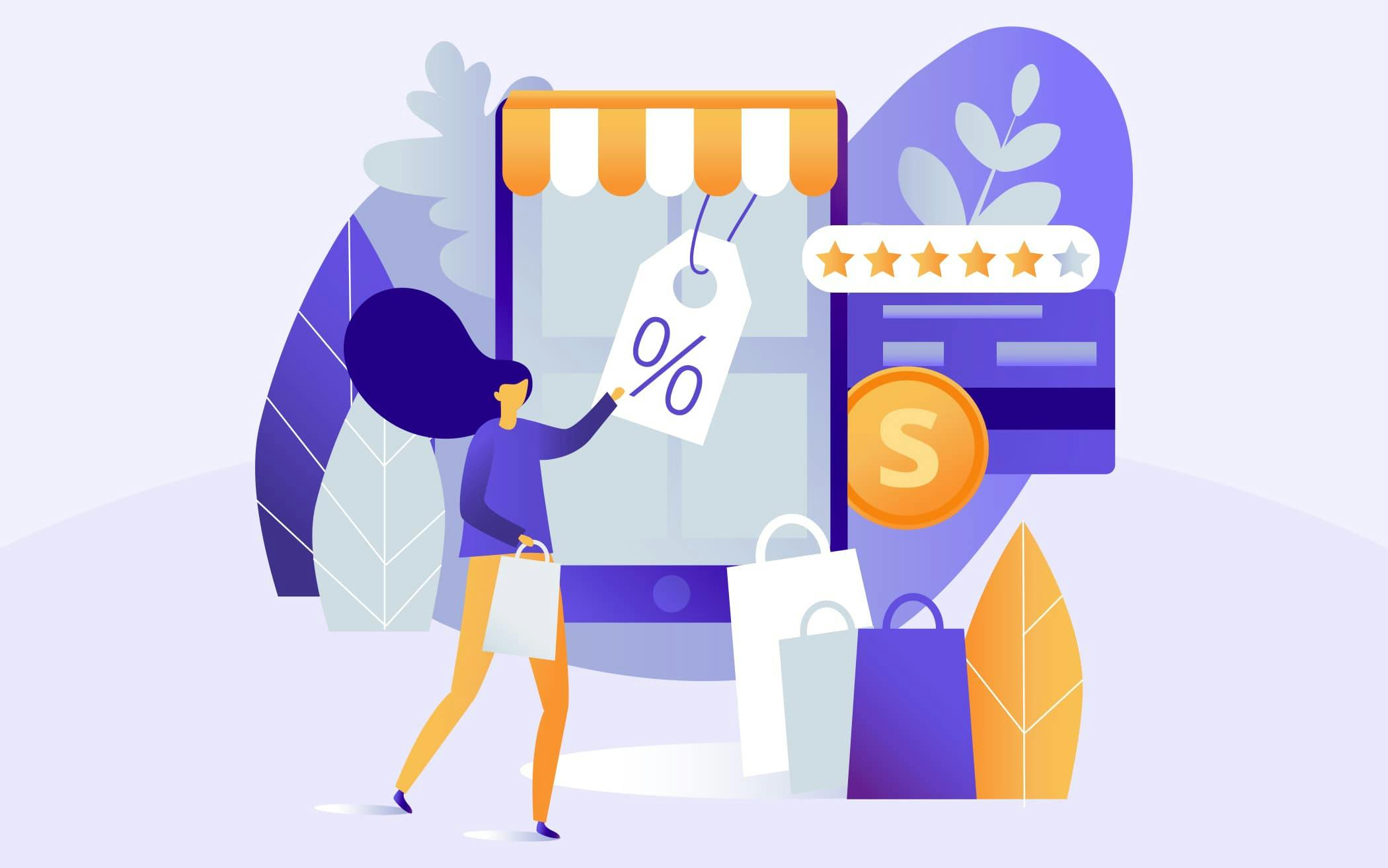How Machine Learning can be used in Ecommerce
January 28, 2022We hear a lot about Machine Learning these days as it has become one of the hottest buzzwords around. However, we are approached by many people who don’t seem to have a clear idea on how it could be applied to add value to their business. Since it is a very broad topic with different types of applications based on the desired goals and objectives, we aim to create a series of blog posts, each targeting a different industry, and just touch on some of the different ways in which Machine Learning can help add value to a business within that particular industry. Today, we’ll start with Ecommerce, as it is one of the low hanging fruits that can quickly be picked for enhancement via Machine Learning.
What kind of Machine Learning is applicable in Ecommerce?

Machine Learning comes in several different forms such as Supervised Learning, Unsupervised Learning, Semi-Supervised Learning and Reinforced Learning. The scope of this blog won’t delve into the technical details, but we’ll just preface our Ecommerce based solutions discussion with the information that while Machine Learning can be used to do things like drive cars, perform facial recognition, or identify a car’s license plate from CCTV footage, what we aim to do in our Ecommerce implementation is to be able to identify user behavior patterns to perform predictive analysis and make proactive decisions driven by data. We’ll explain in further detail.
Recommendation Engine

Perhaps one of the biggest reasons why Amazon was able to demolish all its opponents in the Ecommerce industry is/was largely due to their incredible recommendation engine which is entirely based on Machine Learning. A recommendation engine takes in past user behavior analytics information as training data and learns the different patterns and trends. After ingesting millions upon millions of records of these purchasing habits of users, along with their profiles (Supervised Learning), the system will be able to predict how a new user may end up browsing the website, or what products they may be interested in, based on their browsing habits, the items in the cart, and what people with a similar profile have done in the past. When the user completes their transaction, the recommendation will take into account if its recommendations were successful or not, and further improve its algorithm (Reinforced Learning).
A Recommendation Engine is similar to the rack you find during checkout at the grocery store (usually contains candy, gum, magazines, etc.). It is an opportunity to remind the shopper of an item that they may want/need but had forgotten about, or to entice them to buy something they weren’t even planning on buying in the first place. The more accurate these recommendations are to the shopper’s wants & needs, the more likely they are to purchase additional items.
Price Optimization

Another area in which Machine Learning is providing a great deal of assistance to the business team is in Price Optimization. Prices for products can fluctuate a great deal depending on dozens—if not hundreds—of variables. A pricing engine can be created to take into account a great deal of information from the shopper’s profile, current trends, competitor prices, product abandonment rates, and much more, and determine what percentage discount to offer the shopper on a specific product in order to increase the potential of making the sale, while keeping a healthy profit margin on the product. When dealing with a catalog of hundreds of millions of products & variants, with hundreds of factors going into pricing each one of them, you can see how quickly it can become infeasible for humans to do this task with full coverage. By utilizing Machine Learning to optimize pricing on a catalog of products, Ecommerce stores can unlock a massive competitive advantage.
Retargeting, Discounts & Upsells

A shopper may not always complete the purchase. They may browse for a while, even add items to their cart, and eventually leave without completing the transaction. Machine Learning can help add value here as well. Retargeting campaigns can be executed to reach out to previous customers who have bought, abandoned a cart, or just browsed your website. These campaigns can be supercharged with Machine Learning by looking at historic data of similar shopper profiles and how they may have been converted in the past via retargeting. In some cases, Facebook or Instagram ads may have worked. In other cases, offering a discount valid for 24 hours on the products in their abandoned cart may have worked. It all depends on what the data is telling you, and that is where Machine Learning shines. As it is already analyzing hundreds of millions of past shoppers’ habits and outcomes, it will be able to predict what is most likely to work when attempting to convert a potential customer with similar habits & profile details.
Conclusion
These are just a few tips and tricks that are being used by Ecommerce giants such as Amazon and Walmart, and more stores are jumping onboard with this line of thinking (for obvious reasons). With the availability of tools such as Google’s AutoML, and similar offerings from Amazon, Microsoft and others, Machine Learning is no longer the scary black box it once was and there has never been a better time to climb onboard the Machine Learning train as it leaves the station. If you are interested in implementing Machine Learning to add value to your business, reach out to us and we’d be happy to discuss the different options that may be available to you.
Add AI & Machine Learning to your business in minutes. Ready to dive in? Start for free today.